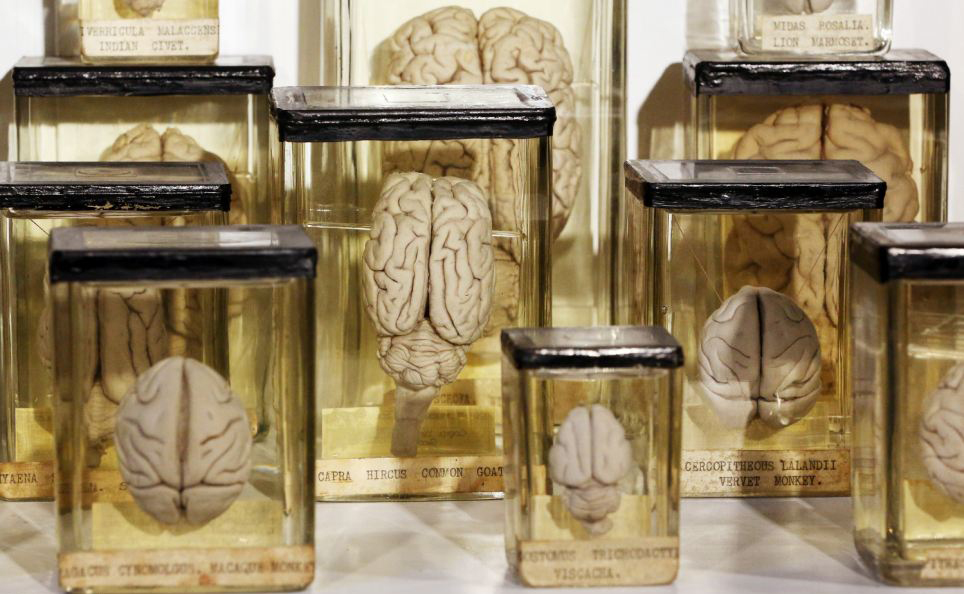Those who fancy seeming fresh call things that go out of use “a rag,” forgetting that if what goes out of use becames a rag, it’s only because during use, it was already in tatters to begin with. The only thing that will not be in tatters is that which has the power to withstand the transformation into rags and rot, and at the same time also has the ability, i.e., a power arising from the mind, to always restore freshness. Only restoration contains within itself the power to counteract destruction; while progress only provides splendor to decay …
Or the remnants of life, of activity, themselves become the content of museums, for example, like kitchen scraps from prehistoric times that end up in museums.
A tower, as the simplest, original observatory, is a necessary, natural accessory of a museum, because the museum is the creation of a being that has assumed the vertical position, turned toward heaven, which hostility and unbrotherhood turned into the position of a guard, a position that is detached from heaven, awaiting attack from one’s neighbors, and asking deliverance from heaven.
It is not possible for man to not create resemblances, resemblances are necessary for analyzing the idea and partially for proof; and if a secularized and secularizing church is a museum, then the armillary spheres, the globes (states), were also the beginning of the museum.
